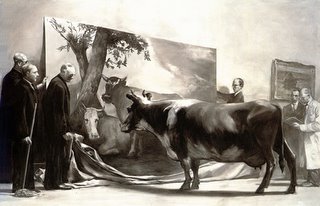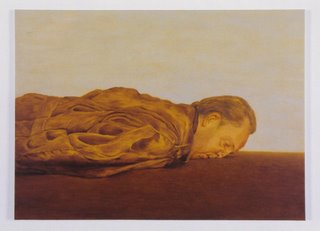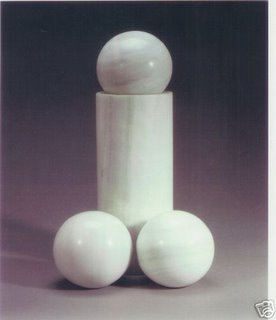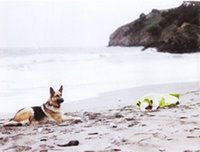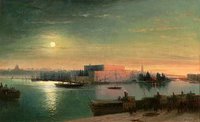
While researching the article on graffiti below i stumbled upon
The Graffiti Creator that turned out to be a surprisingly addictive way to spend half an hour or more.
It also turned my attention to a new aspect of the traditional graffiti culture: web signatures, banners and avatars. You might think I'm crazy at this point but bare with me and you'll see what I'm talking about...
The internet is full of discussion groups, forums and online games. Most of the participants are very far from the typical graffiti painter from the streets, but the techniques and style sheets are basically the same, only transfered from spray cans to Photoshop filters.
There are no clear borders between those who just put a funny cartoon in their signature and those who spend hours in front of the screen creating original graphics topped off with lightning effects that not even the programmers at Adobe knew were possible. Between these extremes is the most common form of signature - some stolen popular computer game character or manga figure heavily reworked through filters and effects. This year "scan lines" or interlaced layers seem to be the most common way to do it.
It's clearly not all signatures and avatars that qualify as art, but it's hard to draw the line. It's all somewhere in between art, design, commercials and "funny stuff". The same is true for web design in general. Most pages are very basic in design (like this blog, for example...) and some are beautiful works of pure art,
like this.
The internet is still a very new medium, and all of these areas are in fast development. In another ten years or so the estetics of the net will have changed drastically. I'm sure of it. By then the difference between commercial sites, personal blogs and art projects will probably be much clearer. I'm not sure weather or not this is a good thing - it doesn't really matter, since it will happen any way.
But the eclectic culture of internet estetics might not last very long, so be sure to enjoy it now.
Note: The featured signature was found at
Geek Forum and published with kind permission from damF.





